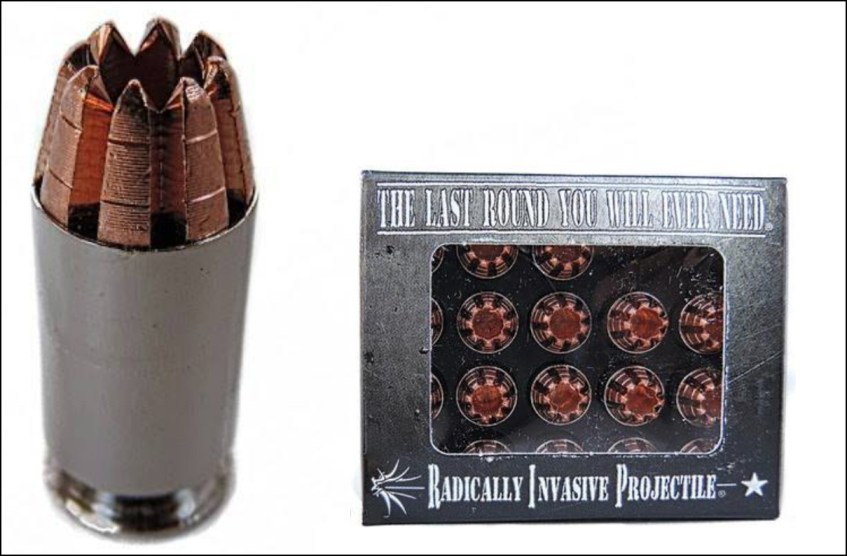
Here is Kevin Williamson over at National Review:
I Was Promised Exploding Bullets!
You know, Charlie, I have been looking all over for some of those “exploding bullets” I keep reading about, but I am unable to find any for sale. The reason for that is that — cool as “exploding bullets” sounds! — they do not really quite exist.
(This would not come as news to people who understand how bullets work, but never mind that.)
The “exploding bullets” thing is an eternal myth, spread by, among other sources, shoddy public-radio journalism (shout out to KERA in Dallas!). Firearms are, for some strange reason, a subject to which America’s editors are all too content — proud, even — to assign reporters who are utterly ignorant.
The Washington Post published Adam Weinstein’s hilarious defense of this ignorance under the headline “The NRA and its allies use jargon to bully gun-control supporters.”
This is a very peculiar post. First off, it links to an earlier post about a report on KERA that “contained a preposterous invention: Chicago’s criminals, the report said, covet something called ‘R.I.P.’ bullets, which are, in the report’s words, ‘designed to explode inside the body.’ ” But this is not at all preposterous. For starters, teenage gangbangers probably believe lots of stuff. So what? And in this case, the R.I.P bullet does indeed exist and it took me only 10 seconds to find it: it’s the “Radically Invasive Projectile” from G2 Research, a bullet with eight copper petals that separate upon impact. Or, in vernacular, it explodes into nine separate pieces when it hits you.

Then Williamson goes after Adam Weinstein for his “hilarious defense of this ignorance.” But Weinstein’s piece, which ran over a year ago, says nothing about exploding bullets. It’s about the way gun folks try to pretend you can’t have an opinion about gun control if you don’t know what AR stands for¹ or get confused about the difference between a magazine and a clip.² Or the difference between automatic and semi-automatic.³
I dunno. It’s a slow day over at National Review, I guess.
¹You don’t really need to know this, but the answer is Armalite, the name of the original manufacturer of the AR-15.
²You don’t need to know this either, but the answer for most of the guns you see on TV is “magazine.”

³This you actually should know:
- Automatic: you pull the trigger and a hail of bullets flies out of the muzzle as long as you keep pressure on the trigger. This is what you see in war movies or on TV shows about drug lords. It’s illegal for a civilian to own an automatic rifle manufactured after 1986. Ownership of pre-1986 automatic rifles is legal but very rare. They’re quite expensive and require an extensive application process to register with the ATF.
- Machine gun: another name for an automatic rifle.
- Submachine gun: This is the gun you associate with Al Capone. It’s an automatic that’s nearly the size of a machine gun but uses smaller handgun rounds.
- Semi-automatic: you pull the trigger and a single bullet is fired. Pull it again, and another bullet is fired. You have to pull the trigger for every round you fire.
- Manual load: a gun that requires you to manually load a new round after every shot. Virtually all rifles prior to the 20th century required manual loading: flintlocks (think Revolutionary War), lever action rifles (think old-time Westerns), pump-action rifles (think skeet shooting), bolt-action rifles (think deer hunting), and so forth.
In real life, nearly all rifles you’re likely to see are semi-automatics or manual loads, and all handguns are either semi-automatics or revolvers.















